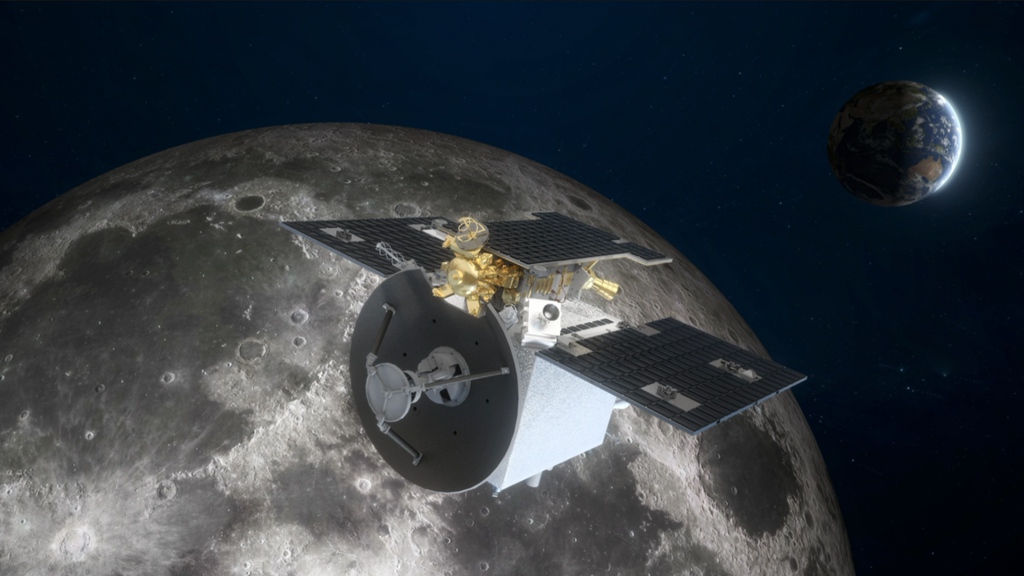Introduction
The mining industry, essential for resource extraction, has historically faced criticism for its environmental impact. However, a transformative shift is underway as the sector embraces innovations in sustainable mining practices. This article explores cutting-edge initiatives that are revolutionizing the mining industry, minimizing ecological footprints and fostering a more sustainable future.
Internet of Things (IoT) Integration
Smart mining leverages the Internet of Things (IoT) to connect and optimize various elements of the mining process. Sensors on equipment and in the environment collect real-time data, enabling more efficient resource utilization, predictive maintenance, and enhanced safety. This technology-driven approach minimizes waste and improves overall operational sustainability.
Automated Fleet Management
Automation is reshaping the mining landscape by introducing autonomous vehicles and machinery. Automated fleet management systems optimize routes, reduce fuel consumption, and enhance safety. This not only increases operational efficiency but also reduces the environmental impact associated with traditional mining practices.
Bioleaching and Bio-Ore Processing
Bioleaching involves using microorganisms to extract metals from ores. This eco-friendly technique reduces the need for harsh chemicals and minimizes the environmental impact of conventional extraction processes. Bio-ore processing techniques further enhance efficiency by utilizing biological agents for ore beneficiation, providing a cleaner alternative to traditional methods.
Selective Mining and Sorting Technologies
Innovative technologies enable selective mining and sorting of ores based on their mineral content. This targeted approach minimizes the extraction of non-valuable materials, reducing waste and energy consumption. By optimizing the use of resources, mining operations become more sustainable and environmentally responsible.
Closed-Loop Water Recycling Systems
Water scarcity is a significant concern in many mining regions. Closed-loop water recycling systems capture, treat, and reuse water within mining operations. By minimizing water consumption and reducing the discharge of contaminated water, these systems contribute to sustainable water management practices.
Dry Stack Tailings Management
Traditional tailings storage methods can pose environmental risks. Dry stack tailings involve mechanically removing water from tailings, creating a stackable and more stable material. This innovation reduces the risk of water contamination, enhances safety, and provides a more sustainable approach to tailings management.
Solar and Wind Power in Mining Operations
Integrating renewable energy sources, such as solar and wind power, into mining operations is a key sustainability initiative. Solar panels and wind turbines provide clean and reliable energy, reducing reliance on fossil fuels. This transition to renewable energy not only lowers carbon emissions but also contributes to long-term cost savings.
Energy-Efficient Equipment and Processes
Mining companies are investing in energy-efficient technologies and equipment. From advanced drilling techniques to more efficient mineral processing methods, these innovations reduce the overall energy consumption of mining operations. Energy efficiency not only aligns with sustainability goals but also improves cost-effectiveness.
Stakeholder Collaboration
Sustainable mining practices go beyond environmental considerations to encompass social responsibility. Collaborating with local communities, indigenous groups, and other stakeholders ensures that mining operations benefit, rather than harm, the surrounding communities. This collaborative approach fosters long-term relationships and promotes shared economic and social benefits.
Rehabilitation and Reclamation Initiatives
Rehabilitation and reclamation efforts are integral to sustainable mining practices. Mining companies are increasingly committed to restoring landscapes affected by mining activities. This involves replanting native vegetation, restoring water bodies, and mitigating the visual impact of mining sites. These initiatives demonstrate a dedication to environmental stewardship and long-term ecosystem health.
Conclusion
Innovations in sustainable mining practices are reshaping an industry traditionally associated with environmental concerns. From smart mining technologies and clean extraction techniques to water management, renewable energy integration, and community engagement, the mining sector is undergoing a profound transformation. Embracing these innovations not only enhances the environmental and social responsibility of mining operations but also positions the industry as a key player in building a more sustainable and resilient future.



